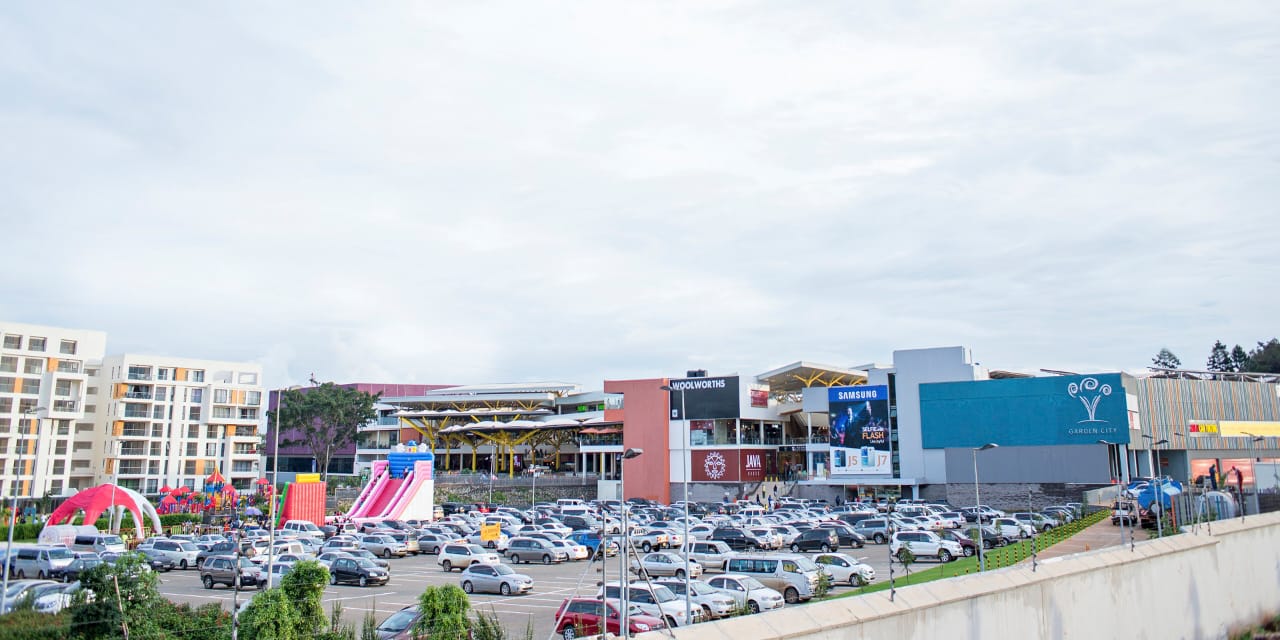By Ciru Okobi – Commercial Director, Garden City
By the year 2050, the global population will likely reach nine (9) billion people. Due to household demand and population growth, the world needs to build more than two billion new homes over the next 80 years according to global research.
The distress is beyond the demand for new homes. Nations across the globe are becoming increasingly concerned about the effects of climate change and people growing environmentally conscious, project builders have implemented sustainable development practices in their real estate properties to promote energy efficiency, minimize the impacts of global warming, and protect natural resources.
Due to advances in technology, green homes are gradually growing in popularity, and this is a step in the right direction. If project builders do not adapt to the challenge of building sustainable homes, the pressure on natural resources will be detrimental to the environment. Some of the resulting negative impacts include loss of biodiversity and increased greenhouse gases.
Today, the need for more sustainable homes has also been expedited by contemporary homebuyers’ preferences. People want – and will pay more for – sustainable features such as energy-efficient appliances, windows, and fittings alongside other features that improve their health and quality of life. It is also worth noting that as younger generations are expected to enter the home buying market, they are looking out for built-in eco-friendly and sustainable features.
In Kenya, Actis, the developer of the Garden City Residences, Mall, and Business Park, is committed to green-building and sustainable projects. Garden City development is the first within Sub-Sahara Africa rated under the Green Building Council of Australia’s Green Star multi-unit residential V1 tool that promotes the design and construction of high-performance green residential developments.
For instance, the infrastructure uses robust water harvesting and recycling/reuse systems aimed at reducing wastage and significantly reduce potable water consumption by up to 28 per cent. It also incorporates a massive solar carport ideal for reducing greenhouse gas emissions.
The sustainability aspects of the Garden City mixed-use development made it the first project of its kind in East Africa to achieve a Gold rating in the Leadership in Energy and Environmental Design (LEED) – the rating system developed by the US. Green Building Council for the design, construction, operation, and maintenance of green buildings, homes, and neighbourhoods.
At the heart of this green and sustainable development, there is the Mi Vida Homes, a Ksh 12 billion shilling joint venture by Actis and Shapoorji Pallonji Real Estate. Mi Vida Homes holds significant importance to the future of green homes in Kenya through the incorporation of more green space in apartment developments and the development of amenities that meet family’s needs.
Mi Vida homes are certified by the International Finance Corporation “Excellence in Design for Greater Efficiencies” (IFC EDGE), a green building standard and a certification system for over 140 countries. EDGE helps to determine the most cost-effective options for designing green within a local climate context. The project adheres to the IFC EDGE standard of 20 per cent less energy use, 20 per cent less water use, and 20 per cent less embodied energy in materials when compared to a base case building.
The environmental benefits of green building in our contemporary society cannot be underestimated as it enhances and protect biodiversity while improving the quality of water and air that we consume. Going green will in the long run reduce waste streams while conserving and restoring our natural resources.


